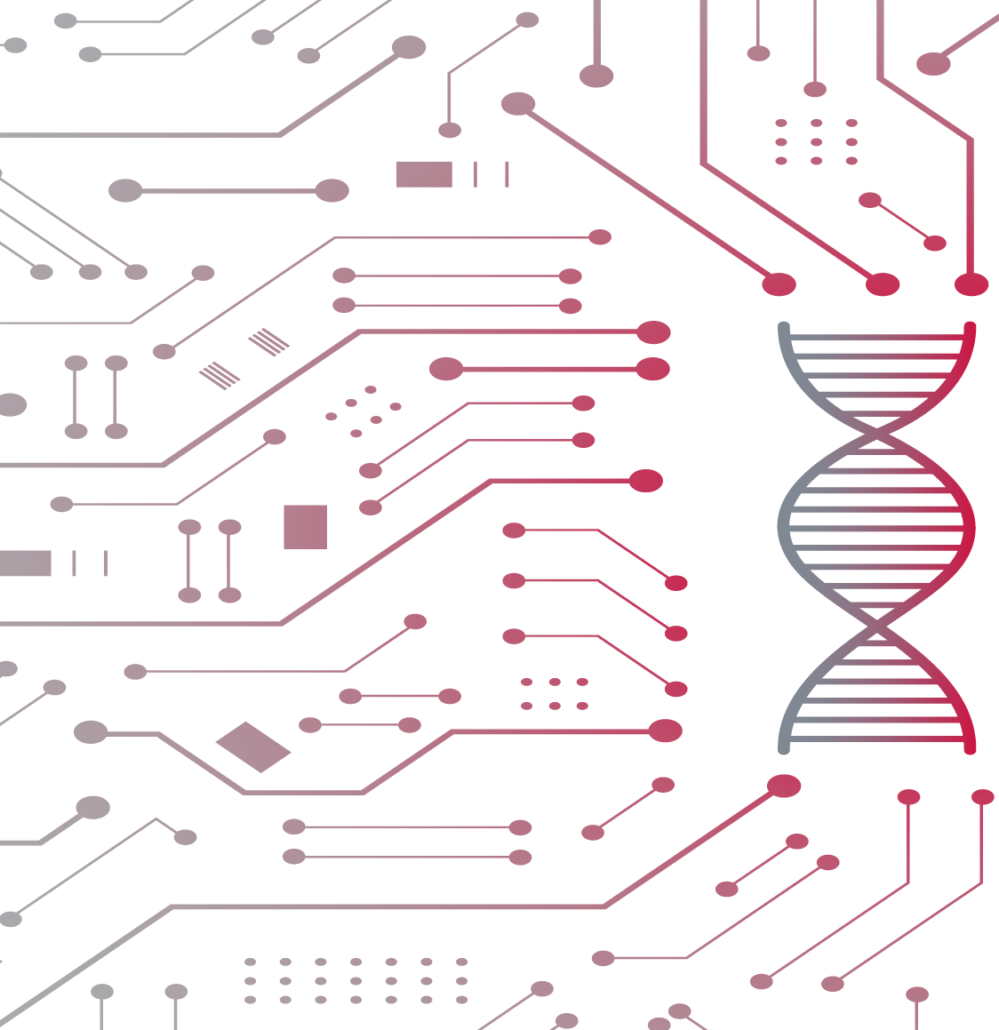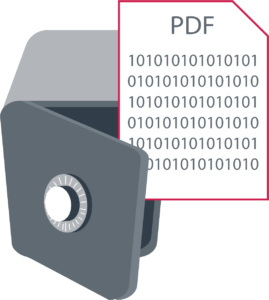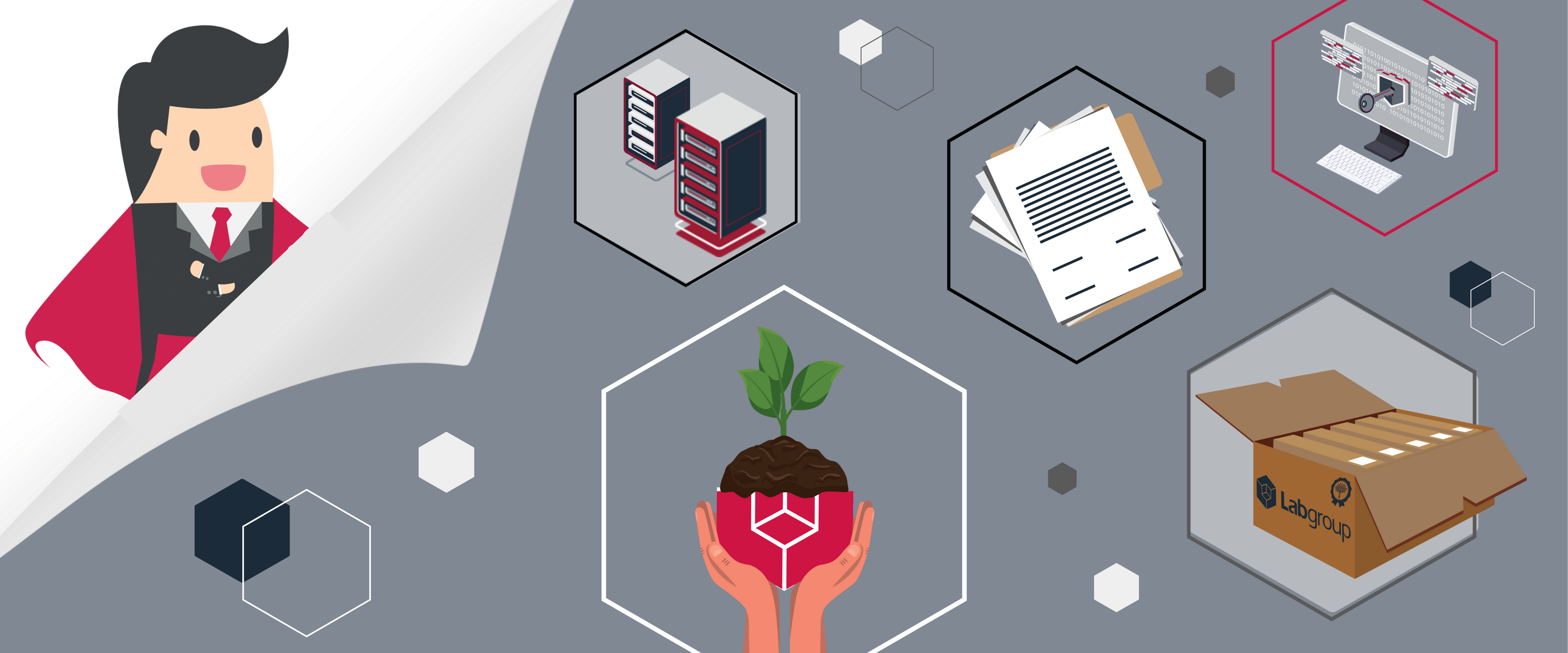Is the future of archives digital?
Today, we have various media available to store our data. Managing them becomes even more complicated when they are stored on paper and digital media! The digitisation of information stored on paper is a common subject that is becoming increasingly important in corporate strategies. When major changes are implemented to our day to day practices, everything may be open to question.
One may ask, is the future of archives really digital?
Dematerialisation as a solution
With new discoveries in archiving that are dominating the news in the archival world, we are asking ourselves how to envisage the future of archives. It is now possible to archive our heritage on a biological medium using DNA: the first attempt to encode a heritage text, the 1789 Declaration of the Rights of Man and of the Citizen, on synthetic DNA molecules has been carried-out by researchers at the French National Archives. This storage technology, which was thought to be futuristic, but which is now being used in the present day, is proving to be more durable and less voluminous than traditional digital storage. It was developed in 2021 to address the problems of storing massive amounts of data. This system, which consists of transforming a binary digitised document into a quaternary mode (consisting of the letters A, T, C and G, representing the base of DNA), has made it possible to store the 1789 Declaration of the Rights of Man and of the Citizen in two tiny capsules containing synthetic DNA strands. It has the advantage of being able to store terra bytes of data on the infinitesimal scale thanks to metal capsules that allow for an integral and stable conservation for 50,000 years, without harmful or negative impact on the environment.
This surprising discovery in data storage shows us that archiving on previously unthought-of media has taken a considerable importance in our society.
Until synthetic DNA archiving is democratised, more common technologies are being used on a regular basis: dematerialisation, digitisation or electronic archiving have become familiar terms.
Today, most documents are created, stored and distributed in digital format. As far as paper documents are concerned, the majority are digitised, for example, your invoices. The dematerialisation of documents facilitates workflows and organisations are aware of this. However, it is essential to be able to preserve and maintain the value of these documents, and to ensure the security and authenticity of the dematerialised elements. We all know that the digitisation of documents has numerous advantages; it allows more efficient access to documents, saves space and time for employees and increases traceability.
Unlike paper, which can deteriorate over time if not properly archived and stored, digitisation of archives ensures that the document is preserved in its entirety.
Another necessity that has arisen for several years now is for companies to take environmental aspects into account in their decision-making strategies. The manufacturing and transporting of paper consume a lot of resources. The creation of digital documents and electronic archiving appear to be the most suitable and adapted methods for companies that have to deal with a constant flow of documents.
For these reasons, electronic archiving has many advantages for businesses, but it also has certain limits.
Is paper becoming obsolete and environmentally unfriendly? Nothing is less certain…
For many businesses, the goal of going paperless is considered as an environmentally friendly approach. However, the digital pollution linked to the dematerialisation of documents is less visible, it remains present. Digital document, whose data is stored in data centres, consumes energy. A datacentre needs a powerful electricity and cooling systems that can be particularly polluting. As per paper, electronic archiving also has an impact on the carbon footprint. Paper is a material that is easy to recycle, unlike some electronic storage media components.
When we talk about archives, we are talking about different types of media: this can be paper documents, but also hard disks, tapes or microfilm. Problems can arise when attempting to extract data from these media, the media itself can have the same value of an archive. When it comes to archiving paper media, effective methods have been in use many for years.
Another problem that could arise with digital storage media is that they are not fail proof or exempt from an incident online storage spaces can be the target of cyberattacks. This is why it is important for a company to have adequate data protection solutions in place to address these risks.
Do we consider paper as being destined to remain the primary storage medium?
Reconciling the two media for an optimal service
These two relatively opposing views overlook a number of nuances when considering paper and digital archiving options. Each archiving method has its advantages and disadvantages; it is necessary to choose methods that are adapted to your needs and to work with companies that offer comprehensive and adapted services. Certain actions can be taken to offset the negative impact.
Electronic archiving and paper archiving can be complementary. It is essential for organisations to have policies and procedures in place for the management of documents and records, in electronic and paper format, in order to manage and regulate the flow of documents efficiently and free up storage space when necessary and when certain documents have reached the end of their retention period. Once in place, this allows employees to avoid the cumbersome and sometimes time-consuming task of sorting and processing old records, whether in paper or electronic format, when you are required to free-up space for future records.
New recycling methods and environmental actions have been developed for both paper and datacentre management. For example, paper recycling methods are more advanced and in the case of a controlled destruction process, recycling is also more efficient. Labgroup optimises its archiving methods and the routes for retrieving or depositing them according to the customer’s needs and requirements. As far as datacentres are concerned, we can take the example of the LuxConnect datacentre in Bissen, Luxembourg, which uses the heat produced by the adjacent pellet factory to cool the server rooms. The use of solar panels and other forms of green energy also reduces carbon output.
It is also important to note that potential access or protection issues associated with electronic archives can be offset by data security management. Labgroup is committed to security and protection and is available to review, analyse and help you implement accordingly.
Is the future of archives digital? The answer to this question cannot be binary, since many criteria must be taken into account, as we have seen. Adapting to each need remains the key to a successful archiving process!








